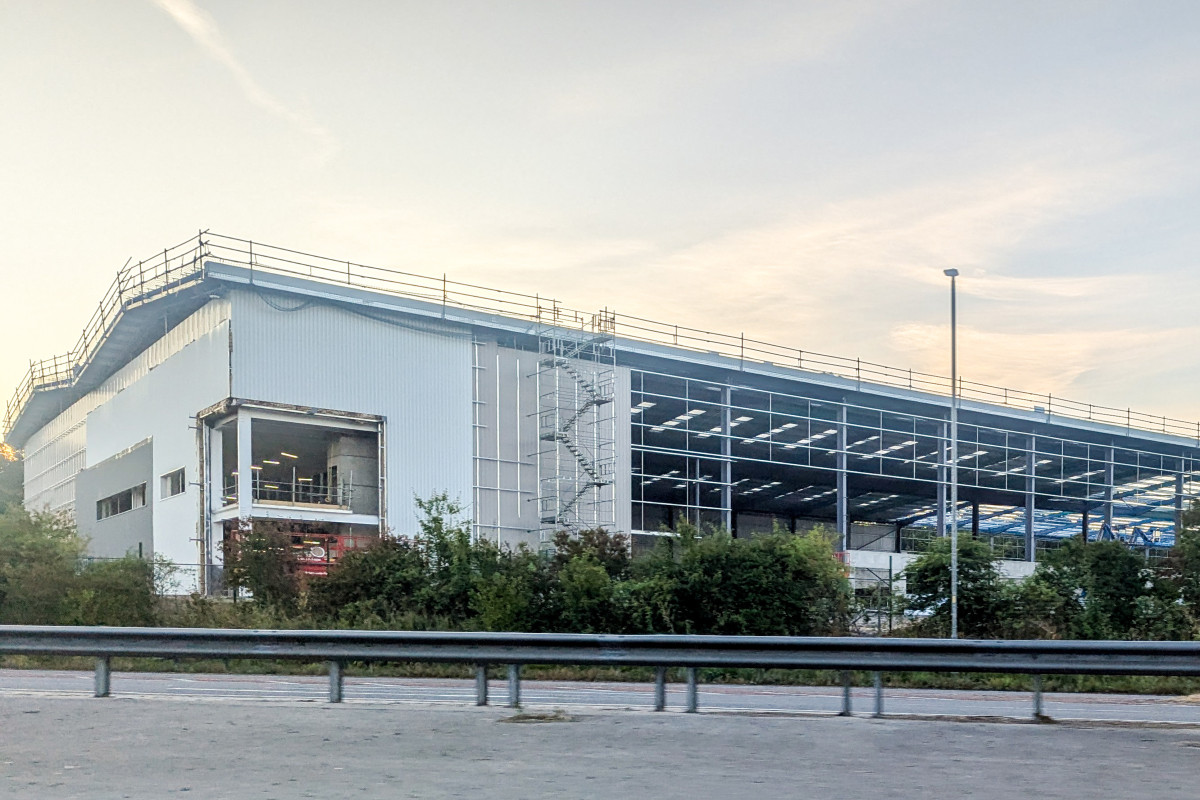When milliseconds of downtime can cost millions, Laura Riddeck, Partner at Reed Smith LLP, details why nailing down liability caps before the first shovel hits the ground is now the make-or-break clause in every data centre contract.
Data has swiftly become one of the most valuable commodities in the modern world, underpinning all parts of our economies, but our ability to store and process this data is struggling to keep pace. Naturally, this has meant that the construction of new data centres is a high priority – though this comes with its fair share of challenges, particularly in regard to contractor liability when negotiating these complex contracts. How can we navigate this key area, particularly with global demand for digital infrastructure only expected to increase?
A complex task with high stakes
The layers of complexity that go into the construction and running of a data centre only adds to the considerations for developers and contractors in negotiating a contract that must balance risk and liability for both parties. Any significant construction project brings with it legal issues to be addressed, but these difficulties are amplified in the case of data centres: a tiny defect in any one of the working systems could mean that the entire centre goes offline, potentially costing stakeholders dearly. An appropriate allocation of risk and liability is therefore of the utmost importance for the parties involved in these projects.
Indeed, there is more to building a data centre than simply building a facility. Extensive energy requirements, intricate and expensive cooling systems, and other advanced technologies are all required for them to function. In addition to this, many developers and end users have their own proprietary technologies or designs that they might want the contractor to install, making for a unique project. All of these elements must work in concert for the data centre to function properly and, should any one break down, the consequences could be significant.
Allocating risk and liability
While it may seem easy for a developer simply to hold the contractor responsible for all losses resulting from any issues, this is not a feasible solution. It is unlikely that any contractor would agree to bear the full burden of these costs: this is especially the case when the scale of the cost is potentially disproportionate to the error made – even a minor problem could lead to a significant period of downtime.
This means that contract negotiations between developers and contractors over the extent of cost exposure that the contractor should shoulder are particularly critical in these projects where losses can be crippling. Unless the parties can find common ground and come to an agreement on liability – for example, by capping contractor liability – the whole project risks being stuck before spades break earth.
Imposing caps on liability
One option is to exclude the contractor’s liability for certain types of losses, in particular losses that are designated as ‘indirect’ or ‘consequential’ – these are losses that occur indirectly as a result of a fault. For example, a failure might occur in the cooling system that would necessitate shutting down the data centre, in this case the contractor would be liable for the costs involved in rectifying the fault, but crucially not for the (likely much more expensive) revenue lost while the centre was offline.
An alternative is to consider financial limitations on the costs that a contractor might have to pay – a practice that is becoming increasingly common. In the example above, the contractor might have to pay for some of the lost revenue, but only up to the point of their agreed cap. This is often the preferred method for developers, as the cap is usually set as a percentage of the value of the whole project – and in a project as valuable as a data centre, even a capped liability may represent a large sum of money. This can make caps an attractive prospect for both sides in the negotiation: the contractor’s liability is reduced, while the developer still recoups some of their losses.
No silver bullet
These methods certainly help negotiations to run more smoothly, but they do not resolve the problem entirely. Contractors may argue for low caps that effectively absolve them of all liability, while developers may seek to impose caveats that limit when such caps or exclusions apply.
Ultimately, the demand for data centres will remain high, and indeed continue to accelerate, in the coming years, and so parties on all sides of their construction will need to keep a watchful eye on their contracts when undertaking such projects.


